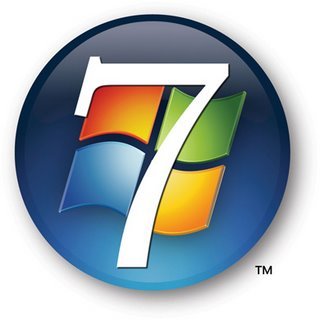3 reasons why the iPad mini is the iPad for Education
/ Back in January 2012 Apple hosted an educational event in New York that made a real push for the iPad to be the computing device of choice for the classroom.
Back in January 2012 Apple hosted an educational event in New York that made a real push for the iPad to be the computing device of choice for the classroom.
With improved iBooks for text books, iTunes U and the fact that it deliberately kept the old reliable 16gb iPad 2 on the market for so long specifically for schools it made a strong case.
Today Apple released it's iPad mini a 7.9 inch iPad mini and it almost seems to have been designed with students and readers in mind.
 Firstly this thing is small enough to comfortably fit into a school bag or a large set of cargo pants. And that reduction in size coupled with Apple's excellent design standards mean this device is the hardiest iPad on the market which is great for the classroom and should result in a lot less cracked screens.
Firstly this thing is small enough to comfortably fit into a school bag or a large set of cargo pants. And that reduction in size coupled with Apple's excellent design standards mean this device is the hardiest iPad on the market which is great for the classroom and should result in a lot less cracked screens.
Darren Murph from Engadget went hands on with it and points out however that it is not too small for typing. "It's still not "small," though. While a fully outstretched adult hand can generally grasp it without help from the other, you'll still want both for typing and using apps."
Secondly it has the best battery life of any iPad. Due to it's slightly older processor and lower resolution screen of it's big brothers the iPad mini you can comfortably squeeze out 10 hours of non stop use of this little fella.
Finally it is cheap. At $70 less than the lowest 'BIG' iPad this is a huge saving for schools who like mine will be buying hundreds at a time. That either means more of them for your students or budget savings for other needs. Students tend to have smaller hands, and public school districts tend to have even tinier budgets; it's really not a matter of "if" digital devices will take the place of more traditional teaching methods, but "when."
So if you like me are looking at iPads for the classroom, then surely the iPad mini will be a must consider.
It is by no means the most technically advanced member of the family, as it essentially a shrunken iPad 2 with a 2012 overhaul,
But with Apple's track record with these devices and the reduction in size and price for little hands and budgets it appears to be a winner.
Looking at it from another perspective. Apple also released the iPad 4 today which is surely the least impressive update of any of their iOS devices with literally no wow factor over it's predecessor. And this gives me confidence in the knowledge that these devices have reached maturation and the iPad mini my school buys today will be not too unlike the iPad mini of two years down the track.























